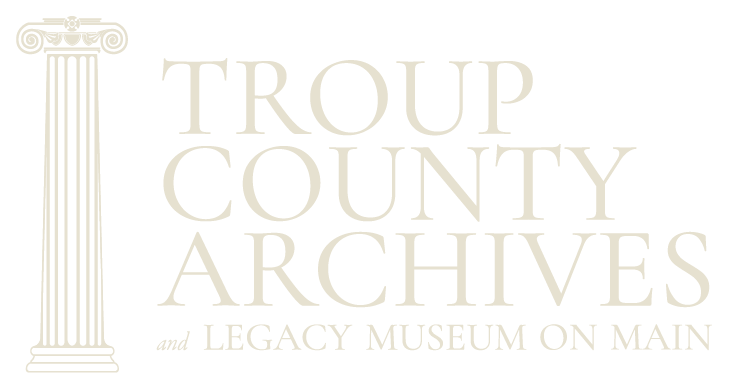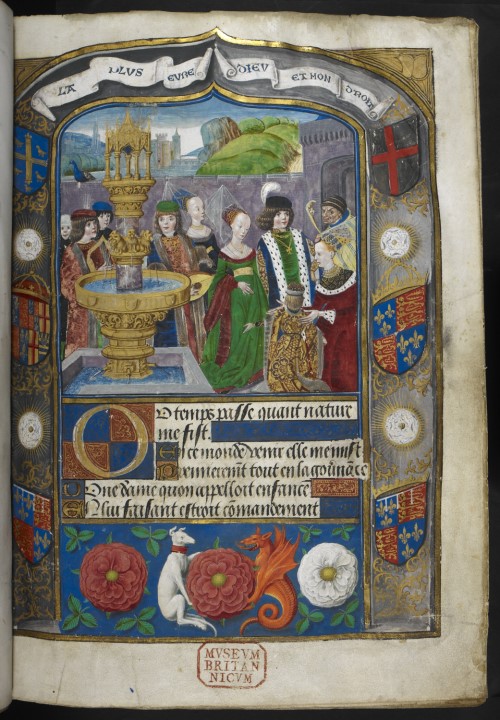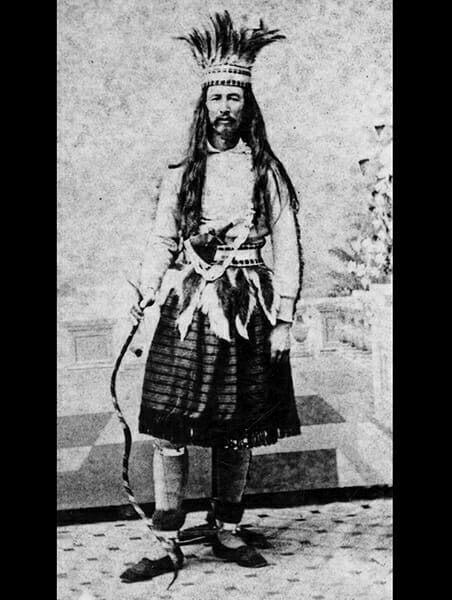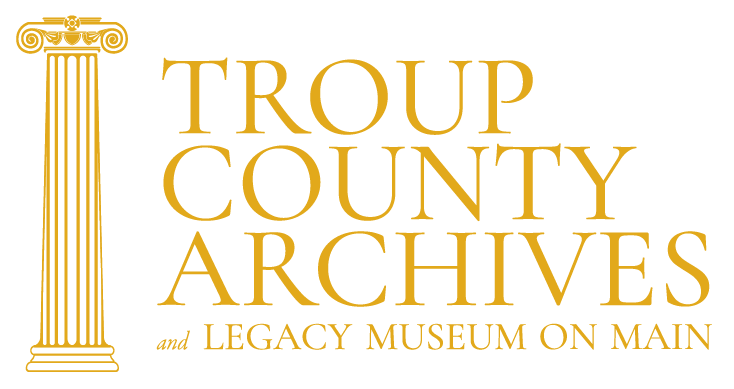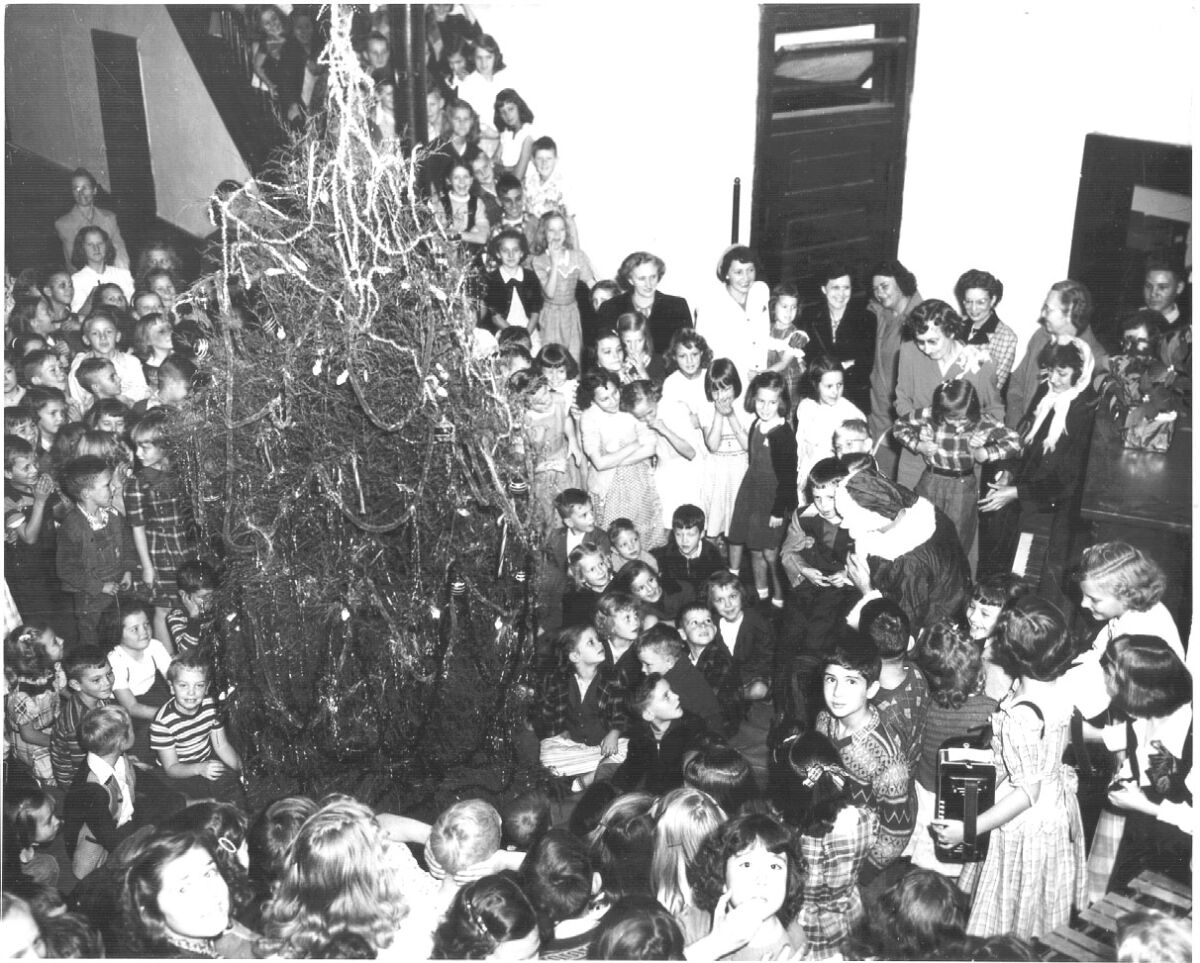
Students at the old Unity School meet with Santa around a Christmas Tree, 1949.
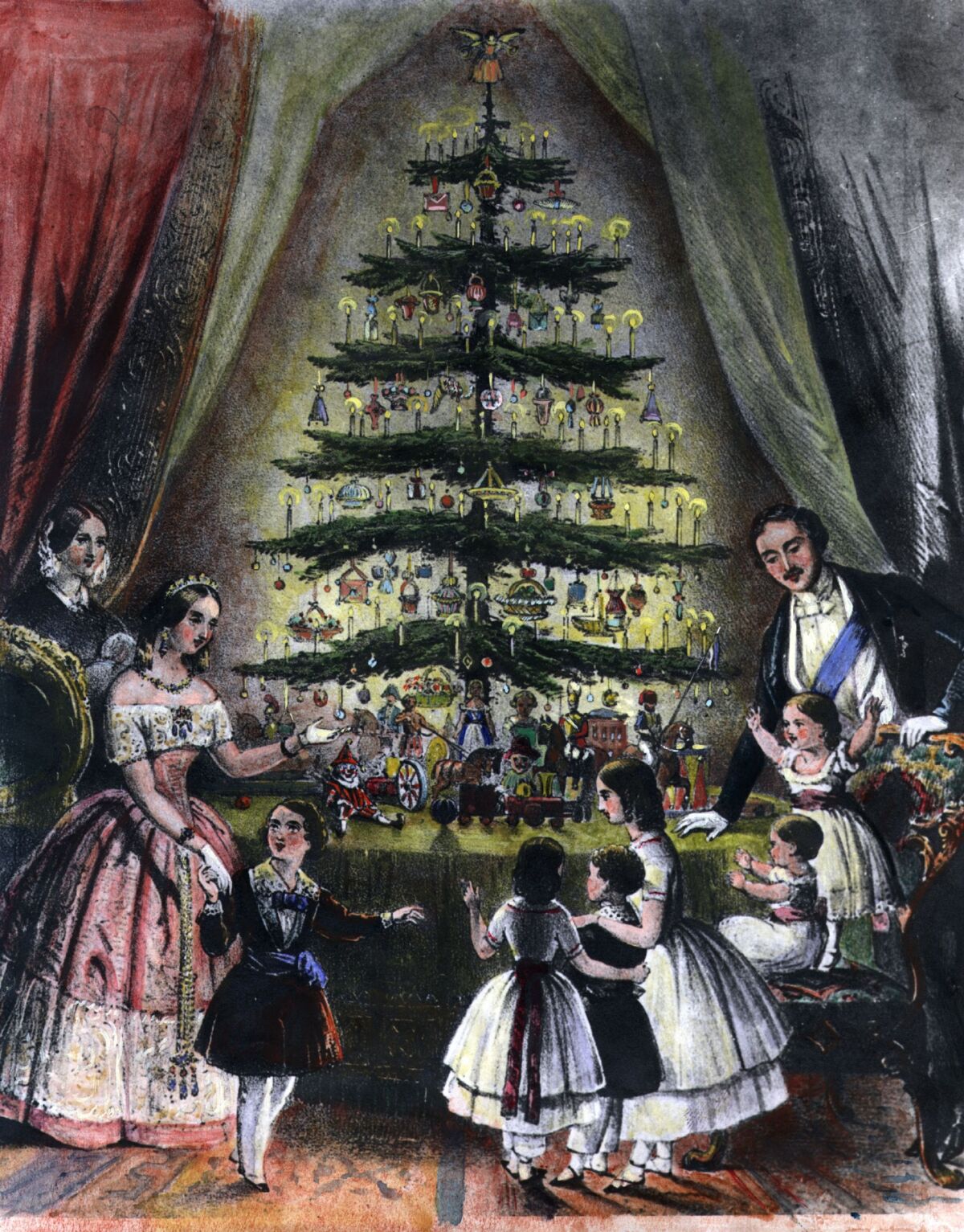
Queen Victoria and her husband Prince Albert celebrate around a Christmas tree in 1848. Images like this prompted a craze for Christmas trees among the British public.
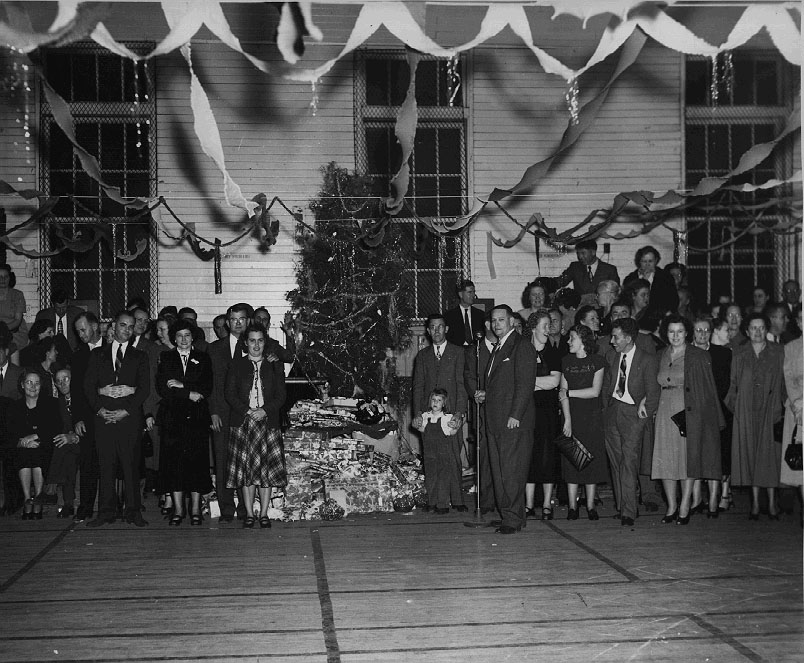
A Christmas party with the Callaway Educational Association (CEA), probably in the 1940s.
The use of trees, especially evergreens, in religious practice dates to ancient times. Many early religions, including those of the ancient Egyptians, ancient Chinese, early Hebrews, and the ancient Greeks considered evergreen trees as symbols of everlasting life, and decorated their homes with wreaths and garlands of evergreen branches at certain times of the year. This use of trees in sacred rituals was also found among the Celtic peoples who considered evergreens, as well as holly and mistletoe to be sacred. Ancient Roman people utilized evergreens during their festival of Saturnalia, celebrating Saturn, their deity of agriculture. The Vikings of Scandinavia held that the winter brought out evil spirits and bringing boughs and whole evergreen trees into their homes could ward them off. The burning of this whole tree or large log was adapted into the tradition of the Yule log.
As Christianity filtered into Northern Europe, the evergreen retained its symbolism, though its focus turned from the pagan gods towards the Christian God. This is most evident in the story of St. Boniface, the saint noted as the bringer of Christianity to the Germanic peoples. In the story of the life of this British-born Anglo-Saxon clergyman, he was appointed as a missionary bishop for Germania where he came upon a large, sacred oak called Donar’s Oak (also called Thor’s Oak, Jove’s Oak, or Jupiter’s Oak) near modern-day Hesse, Germany. Angered by the locals’ devotion to this pagan tree, he began to chop it down when a strong wind blew past and toppled the ancient oak. He and his retinue used the wood to construct a Christian chapel devoted to St. Peter on the site.
By the Middle Ages, many of these old customs were strongly engrained within various cultures throughout Europe. As theatre became widely used in the church, miracle plays became a popular vehicle for telling religious stories. In telling the Genesis story of Adam and Eve, the Tree of Life was often portrayed using an evergreen tree with apples hanging from its branches. This depiction of that tree was often put up in homes on December 24th, the feast of Adam and Eve, which begins the tree’s association with Christmas. In addition to apples, these trees were sometimes decorated with wafers symbolic of the communion host.
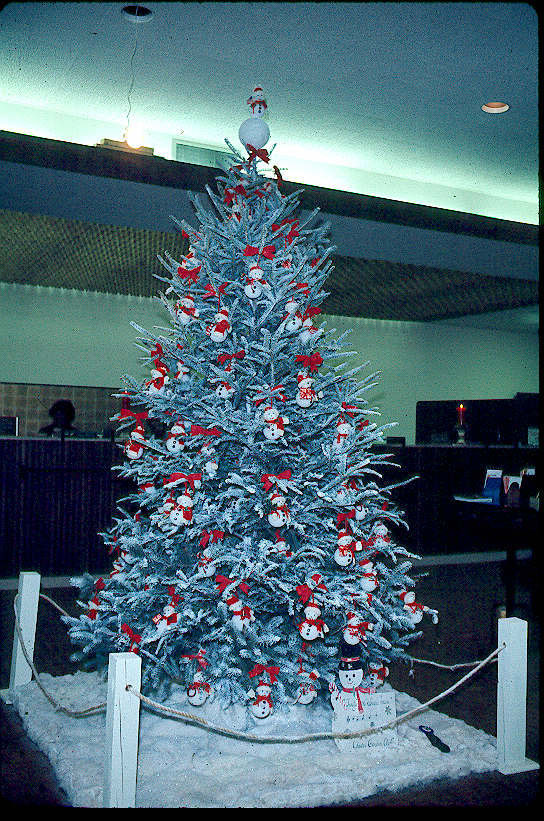
Christmas tree at the Valley National Bank in West Point, 1973. Photo by Katherine Hyde Greene.
The tree and its various decorations became a cultural touchstone in Northern Europe and the Baltic throughout the Renaissance and up through the 18th century. In Britain, the decorating of home and
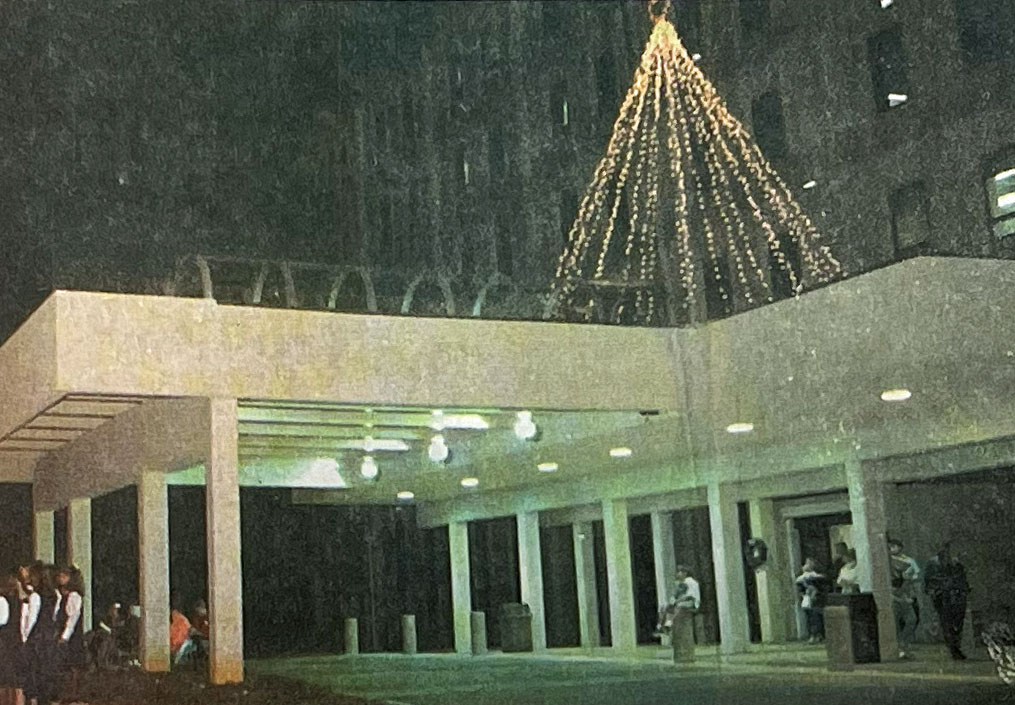
The Lovelight Tree at West Georgia Medical Center, from the front page of the LaGrange Daily News, 4 December 1996. Photo by Brooks Shows.
churches with evergreens, a carryover from ancient Celtic tradition, was widely practiced, though Christmas trees were virtually unknown until they were introduced by Queen Charlotte, the German-born wife of King George III around 1800.
Queen Victoria, crowned in 1837, grew up observing this tradition within the British Royal Family. After she married German-born Albert, Prince of Saxe-Coburg-Gotha, she and her husband continued this German tradition and quickly popularized it among the citizens of her nation in the early 1840s.
Most interestingly, the tradition of erecting a Christmas tree began to take root in North America earlier than it did in Britain. The tradition first found its way to this continent after Hessian troops were hired by the British to fight in the American Revolution. German immigrants continued the tradition through the 19th century. Godey’s Ladies Book published images of Queen Victoria’s Christmas tree in 1850, leading to a craze for Christmas trees throughout the American public.
In 1882, Edward H. Johnson, vice president of the Edison Electric Light Company introduced the first electric Christmas tree lights. The tradition of a National Christmas Tree was established in 1923 on the South Lawn of the White House by President Calvin Coolidge. That first tree was erected at the suggestion of Frederick Morris Feiker, a press aide to the Secretary of Commerce, Herbert Hoover. Feiker’s suggestion was prompted by the Society for Electrical Development as a way to boost sales of electrical Christmas lights and to promote the use of electricity. Since that time, large trees have been erected by local governments and businesses to mark the holiday and encourage tourists and sales.
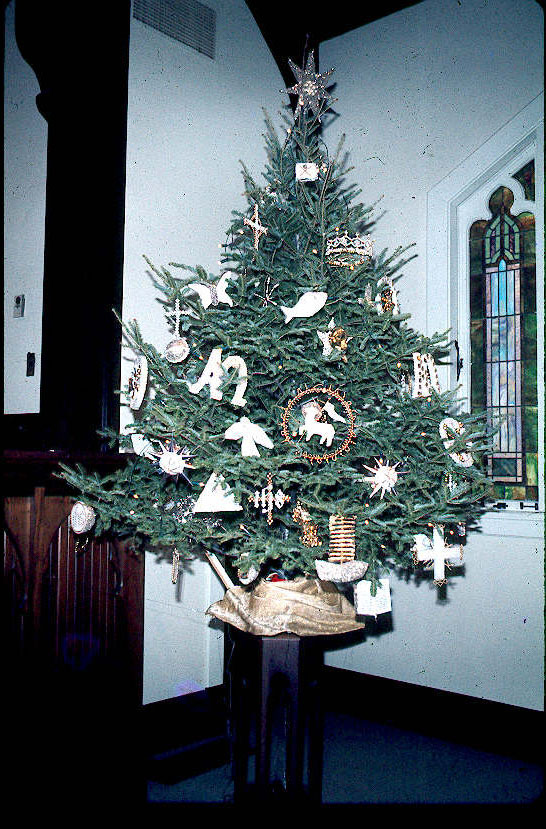
Christmas tree at West Point Presbyterian Church, 1973. Photo by Katherine Hyde Greene.
Locally, the first mention of Christmas trees in the local paper can be found in the Christmas Eve edition of the LaGrange Reporter of 1869, it notes that a Christmas tree will be put up in the basement of the Baptist Church. Nearly a hundred years later, a 100-foot tree was set up on Lafayette Square in 1964. According to the LaGrange Daily News, the tree’s lighting attracted a crowd of nearly 15,000 people and was the largest such display put up in the Chattahoochee Valley. In 1982, the Pink Ladies of West Georgia Medical Center, later called the Women’s Auxiliary, created a project to put up a “lovelight” tree at the hospital. This large tree is covered with memorial lights honoring people throughout the area and continues at the hospital every Christmas.
